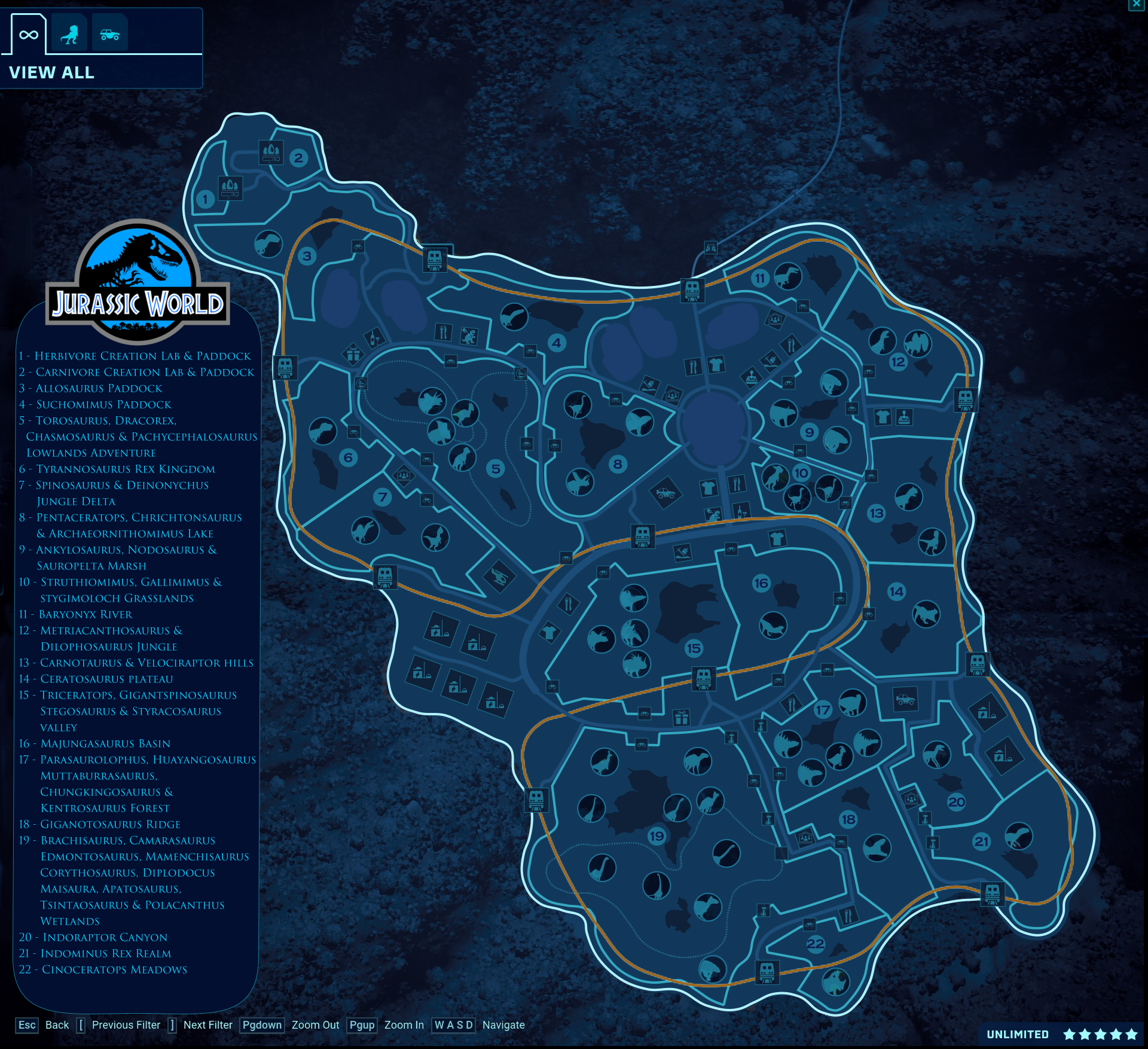
Building and managing in “Jurassic World Evolution”
Building and Managing in “Jurassic World Evolution”
The highly anticipated simulation game “Jurassic World Evolution” allows players to fulfill their childhood dreams of building and managing their own Jurassic Park. Developed and published by Frontier Developments, the game immerses players in the world of dinosaur theme parks, offering a thrilling experience of constructing and maintaining these prehistoric attractions. In this article, we will explore the various elements of building and managing in “Jurassic World Evolution,” providing insights into the exciting aspects of this tech-driven game.
1. Park Construction:
Creating a successful dinosaur theme park begins with careful planning and construction. In “Jurassic World Evolution,” players are tasked with designing and building the park from scratch. Utilizing an intuitive user interface, players select the layout, placement of exhibit enclosures, amenities, and other structures. The flexibility of the game’s construction system allows for endless possibilities, enabling players to unleash their creativity and design breathtaking parks.
Powered by cutting-edge HTML technology, “Jurassic World Evolution” provides a seamless building process. Players can easily drag and drop various buildings, fences, and attractions onto the park canvas, with real-time previews ensuring effective placement. This intuitive construction system, combined with visually stunning graphics, creates an immersive experience that truly captures the thrill of building a dinosaur park.
2. Dinosaur Management:
Managing the dinosaurs is at the heart of “Jurassic World Evolution.” With over 40 species of dinosaurs available, players are responsible for their breeding, care, and overall wellbeing. Detailed genetic manipulation options enable players to modify dinosaur traits, creating unique and awe-inspiring creatures.
HTML markup further enhances the dinosaurs’ management aspect of the game. Players can access an information-rich interface that provides vital statistics and data on each species, such as their habitat requirements, social needs, and overall population health. This detailed overview assists players in making informed decisions about enclosure sizes and enrichment options, ensuring the welfare and happiness of their genetically engineered dinosaurs.
3. Guest Satisfaction:
In “Jurassic World Evolution,” building and managing a successful park not only relies on dinosaurs but also on catering to the needs and desires of park guests. HTML tags play a significant role in this element of the game, offering players vital statistics on guest satisfaction levels, feedback, and preferences.
By analyzing this information, players can make strategic decisions about park amenities, their positioning, and facilities that will enhance the overall guest experience. HTML tables and graphs provide comprehensive insights into guest demographics, allowing players to adapt their park to cater to specific target audiences effectively.
4. Crisis Management:
Running a dinosaur theme park is not without its challenges in “Jurassic World Evolution.” Players must be prepared to handle unforeseen crises effectively. HTML elements in the game provide prompt notifications, updates, and warnings during critical situations, ensuring that players can make immediate decisions to protect their park and its visitors.
From escaped dinosaurs to severe weather conditions, HTML-driven crisis management systems keep players at the edge of their seat. These real-time alerts and statistics enable players to take swift action, whether it’s dispatching rangers to capture escaped dinosaurs or initiating emergency shelter protocols during a severe storm.
5. Research and Development:
Recreating the wonders of Jurassic Park is an ongoing process in “Jurassic World Evolution.” HTML-based research and development systems aid players in expanding their park’s offerings and staying at the forefront of scientific progress.
Through research facilities and scientific expeditions, players can discover new dinosaur species, unlock genetic modifications, and introduce innovative technologies into their park. HTML-formatted research trees offer a visual representation of the possibilities, guiding players through the exciting advancements they can make.
Conclusion:
“Jurassic World Evolution” combines tech-driven gameplay with the thrill of building and managing an awe-inspiring dinosaur theme park. With its HTML-powered construction, dinosaur management, guest satisfaction dynamics, crisis management systems, and research and development features, the game offers an immersive experience that keeps players engaged for hours on end. So jump into the world of “Jurassic World Evolution” and embark on an adventure to create and manage your own Jurassic Park!

